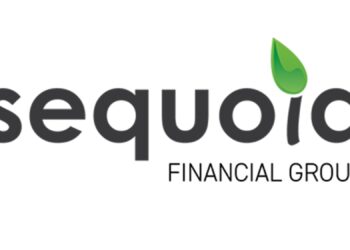Amid discussions on whether private markets will soon exist in an exchange-traded fund (ETF) structure, Global X’s Marc Jocum examines the challenges that could arise from this type of innovation.
Last month, the topic of whether unlisted markets will soon exist in an ETF structure was discussed on an Institute of Managed Account Professionals (IMAP) podcast episode.
Chad Hitzeman, head of institutional sales at Global X ETFs, explained that it will be a difficult endeavour to put an ETF wrapper over private markets.
“It’s going to be hard. You’re not necessarily going to have daily liquidity. That’s an issue that even unlisted funds have with private credit; being able to service redemption requests. But I wouldn’t put it past ETF engineers, so to speak, to concoct a way to achieve that – but there’s still work to be done in that space,” he said.
Unpacking the issue further with Money Management, Global X’s product and investment strategist Marc Jocum said it made sense why ETF providers would eye out private markets given its rising popularity.
“It’s been one of these asset classes that everyone wants access to. ETFs are all about democratising investing, so when there is a new asset class or a new area that people want access to, ETF product innovators will try and come up with something,” Jocum described.
Agreeing with Hitzeman, the investment strategist recognised the challenges that would arise in attempting to package an illiquid and opaque asset class into an investor-friendly vehicle.
“It is quite challenging, I feel, to do private assets within an ETF structure, mainly because of the liquidity aspect and the creation redemption mechanism,” he said.
With the majority of ETFs being low-cost products, Jocum recognised that operating a private markets solution would be more complex and therefore expensive to manage compared to existing products.
“On the cost side, if you’re starting to do a lot of manufacturing around different assets, it could be quite costly to run.
“With 75 per cent of the money in the market going towards low-cost ETFs charging 0.5 per cent or less, ETF investors are fee-conscious. If there are these expensive private assets that come out in an ETF wrapper but are still expensive, they may not get that same level of traction that your local vanilla ETFs may get.
“At the end of the day, simple products sell best and simple products are what investors understand the best, and that’s what we’re seeing.”
For investors looking to invest in private credit or private equity, Jocum encouraged them to do their due diligence, look under the hood of their investments, and understand the fee structure of what they are paying for.





